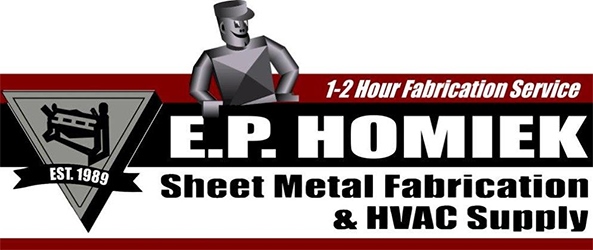Indoor Air Quality: Clean Means Green
- Posted on February 25, 2016
- by admin
- in Blog_Posts
- Comments Off on Indoor Air Quality: Clean Means Green
Did you know that indoor pollutant levels can be two to five times higher than outdoor air? And that the EPA ranks indoor air pollutants among the top five environmental risks to public health? If not, you are not alone. In a study conducted last year by 3M’s Filtrete brand, a substantial percentage of Americans are unaware of the risks of indoor air pollutants and the importance of good indoor air quality (IAQ). The survey showed:
1. 50% believe the air in their home is less polluted than outdoor air
2. 94% know that changing air filters is important, but only 43% change them four or more times a year
3. Allergy sufferers are more likely to take medication for their symptoms (76%) than change their air filters more frequently (43%)
4. 76% admitted to regular use of items like scented candles, improperly vented gas stoves, and fireplaces, all of which contribute to poor IAQInformed customers are better customers
Many customers think of HVAC contractors only as a source for heating and cooling and are unaware of the role they can play in improving indoor air quality. In fact, it is the contractor’s job to educate customers on IAQ, the importance of filtration, and available options like air cleaners, duct cleaning, duct sealing, ceiling insulation, dehumidifiers, and additional returns. Informed customers are far more likely to invest in IAQ, as shown in another recent study. Thirty percent of homeowners rated IAQ to be equally important to energy efficiency, and those offered an IAQ solution were willing to spend more than $600.
Of course, before educating customers on IAQ, HVAC contractors must be fully conversant in terms like CFM, VOC, HEPA, and MERV and be able to explain them clearly to customers. Learn to spot HVAC system and ductwork problems, and listen to customer concerns. There is no one-size-fits-all solution for correcting air quality issues so it is important for technicians to be fully educated on how to find the root source of an IAQ problem.
If you enjoyed this article please consider sharing it!




